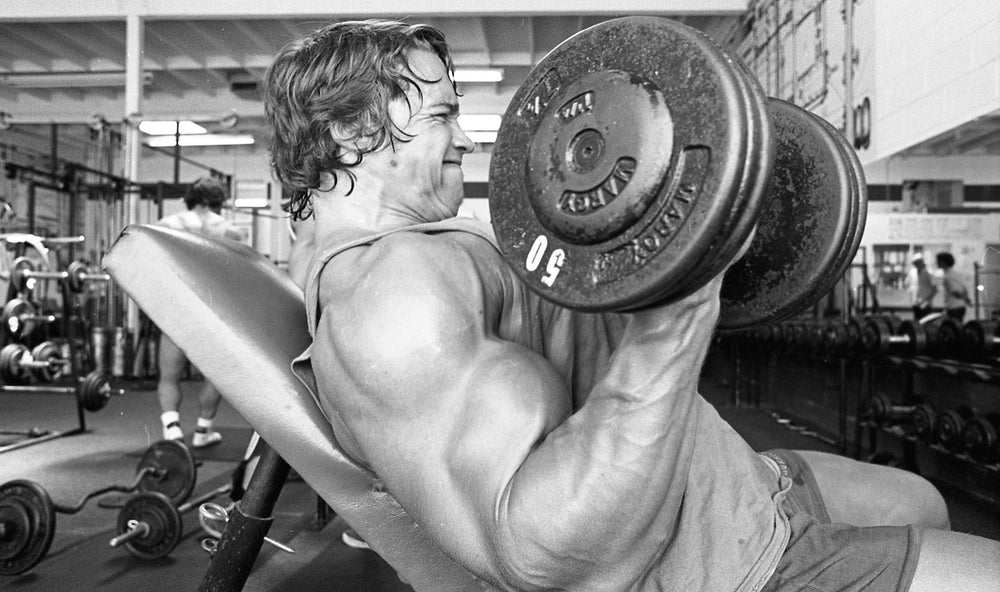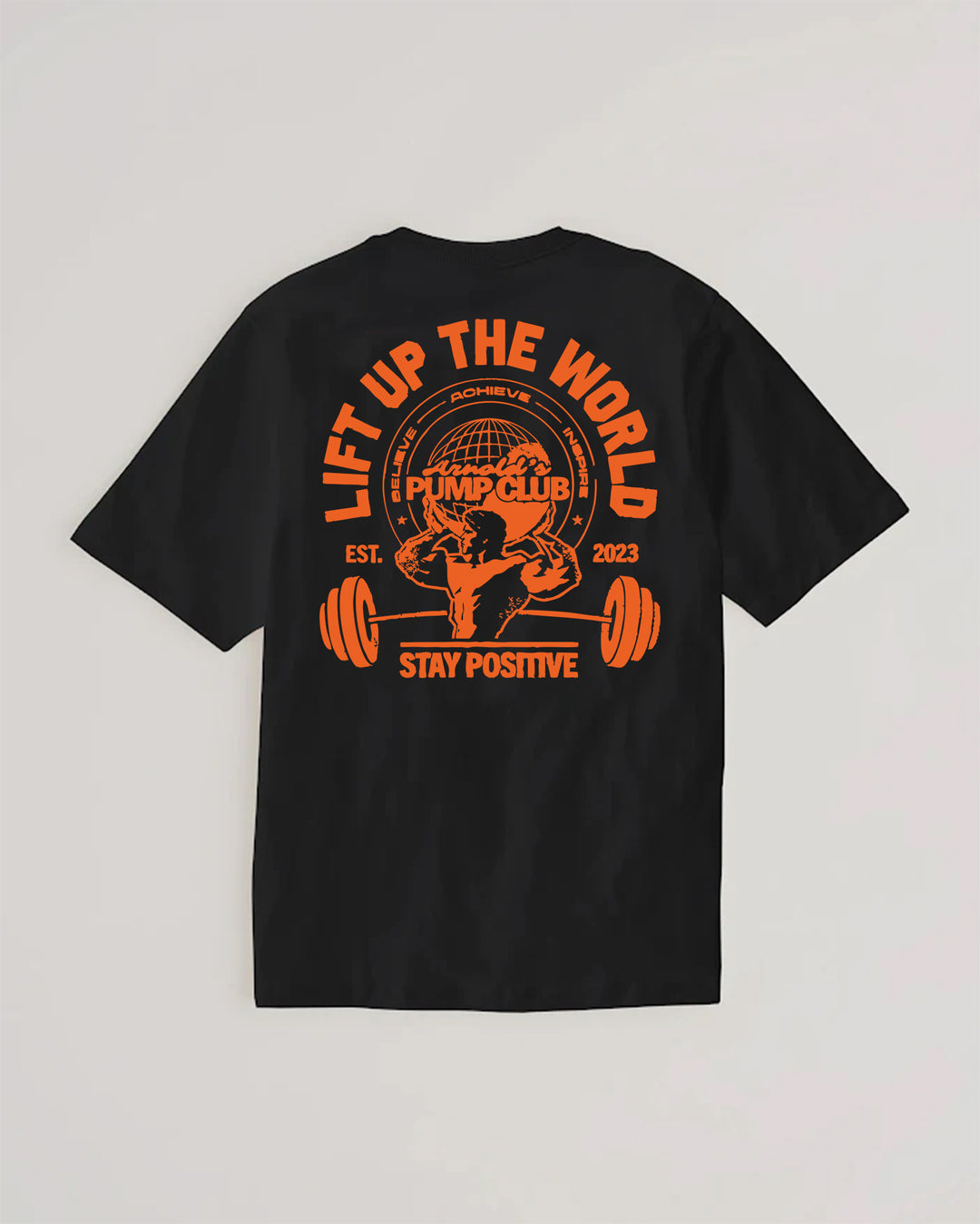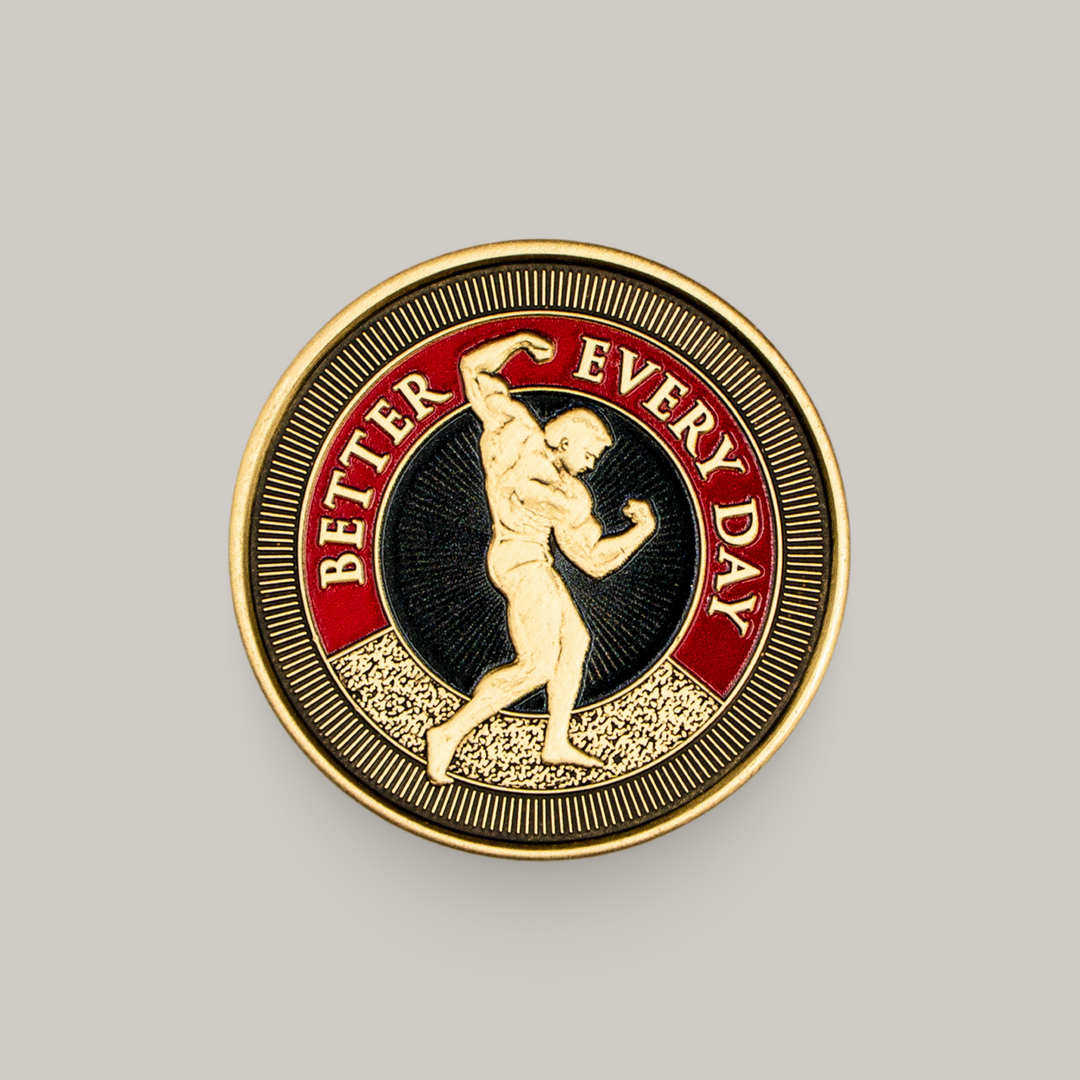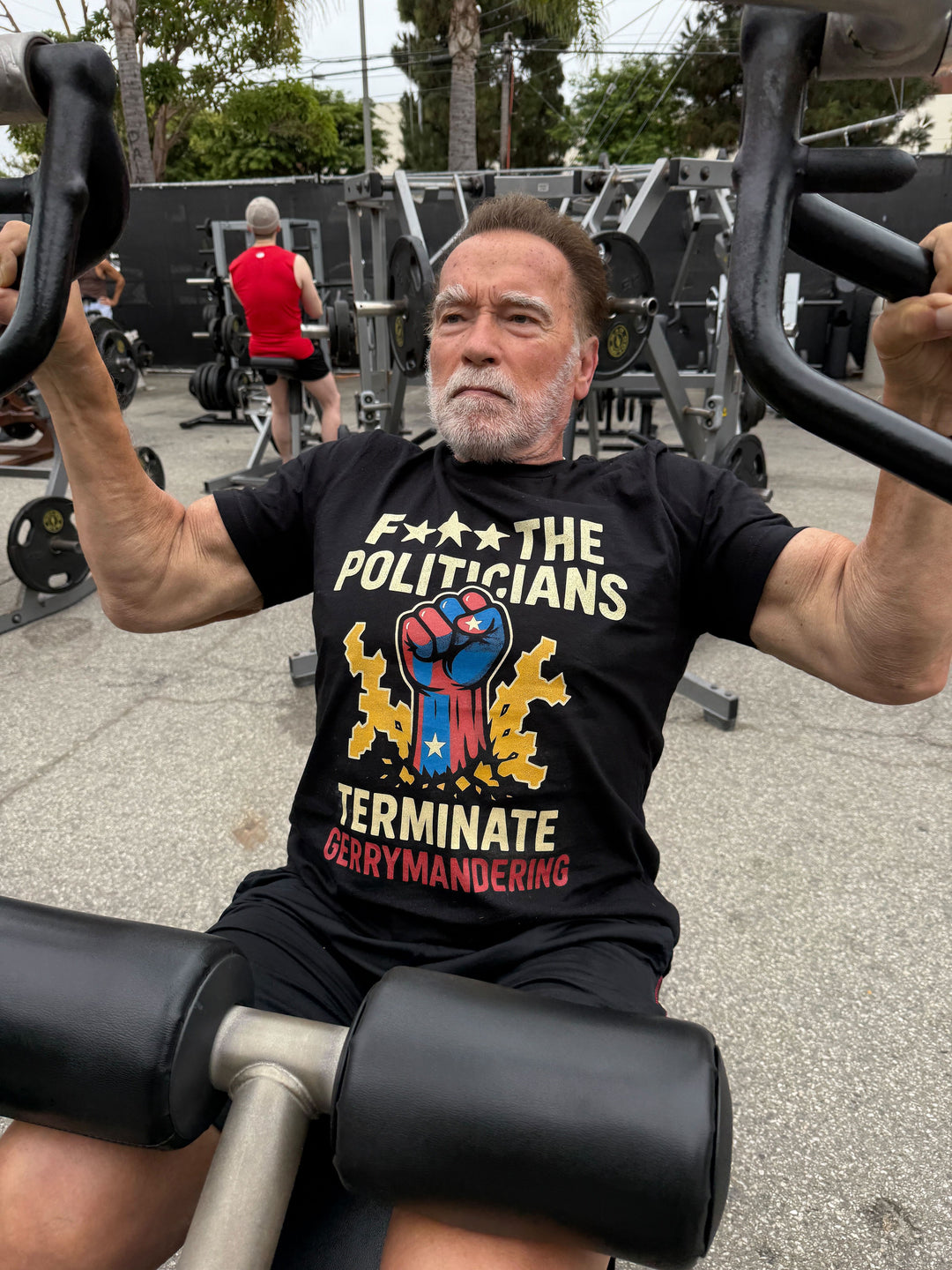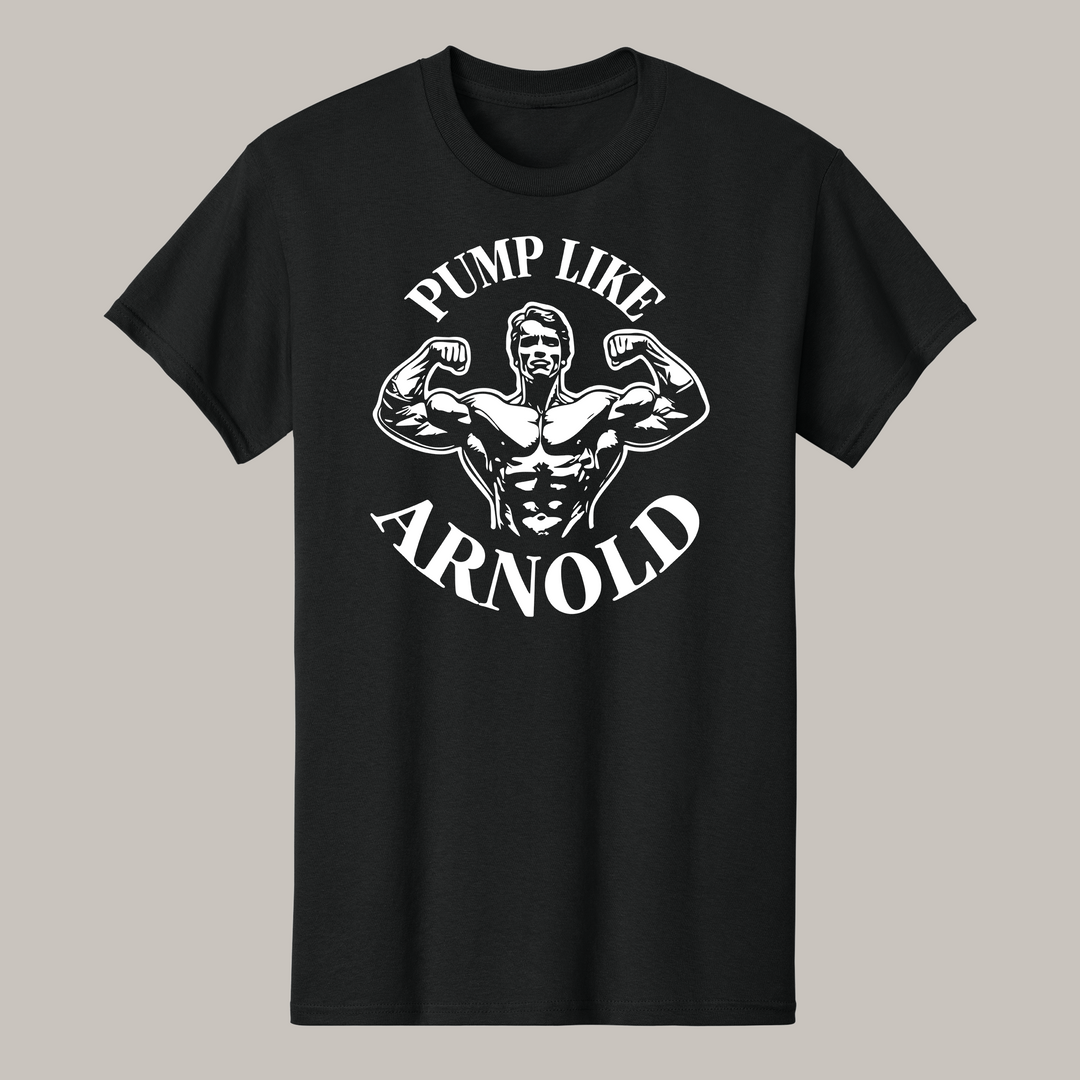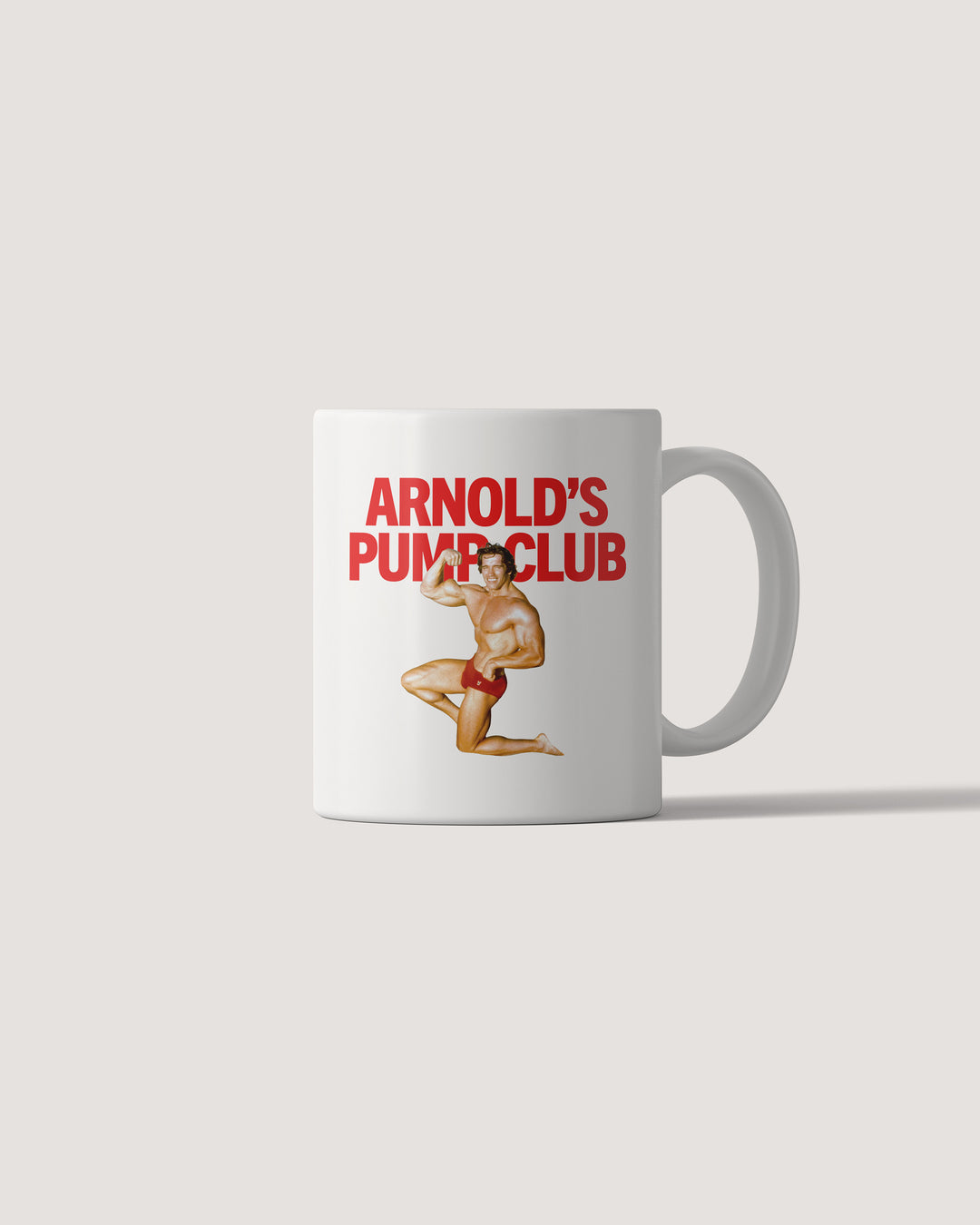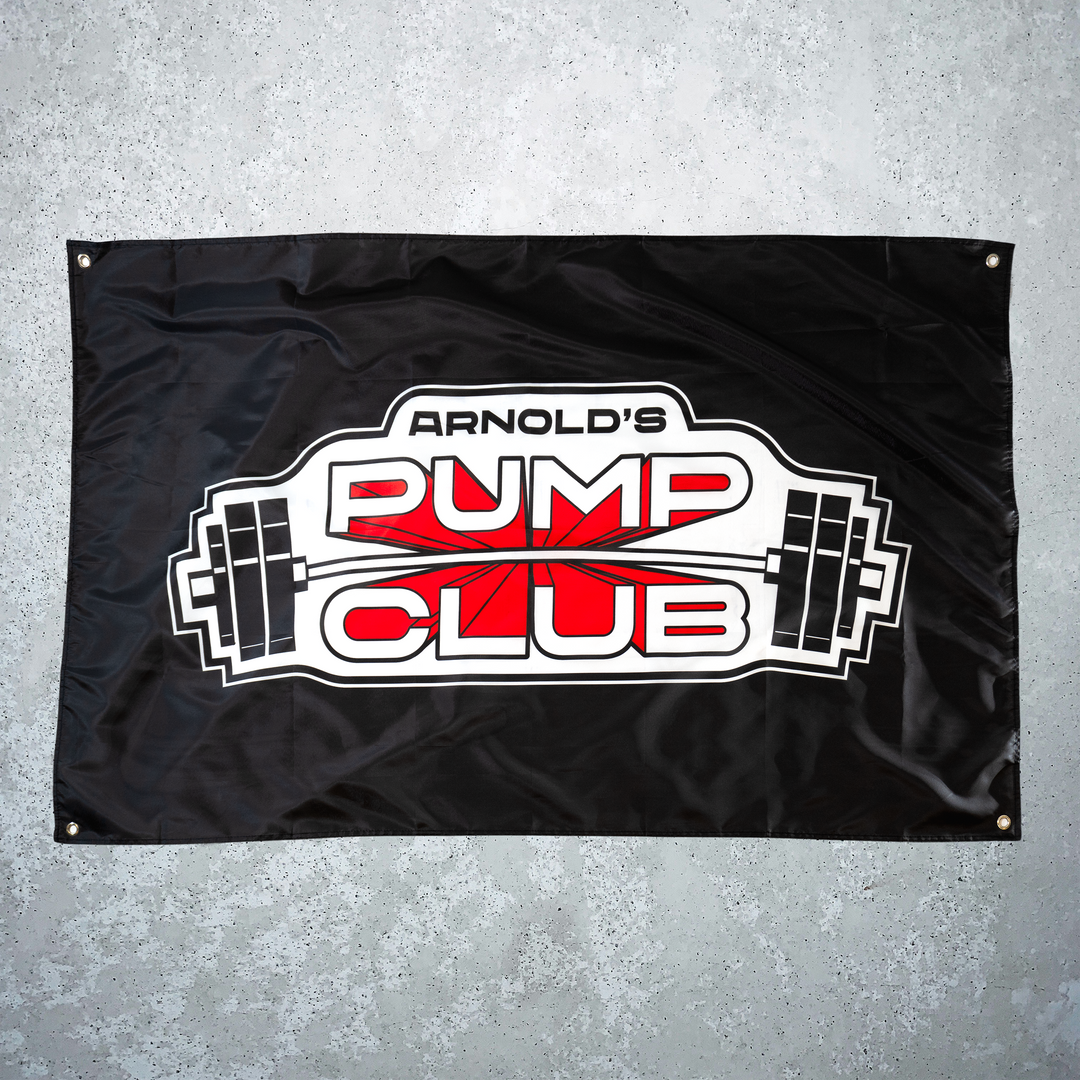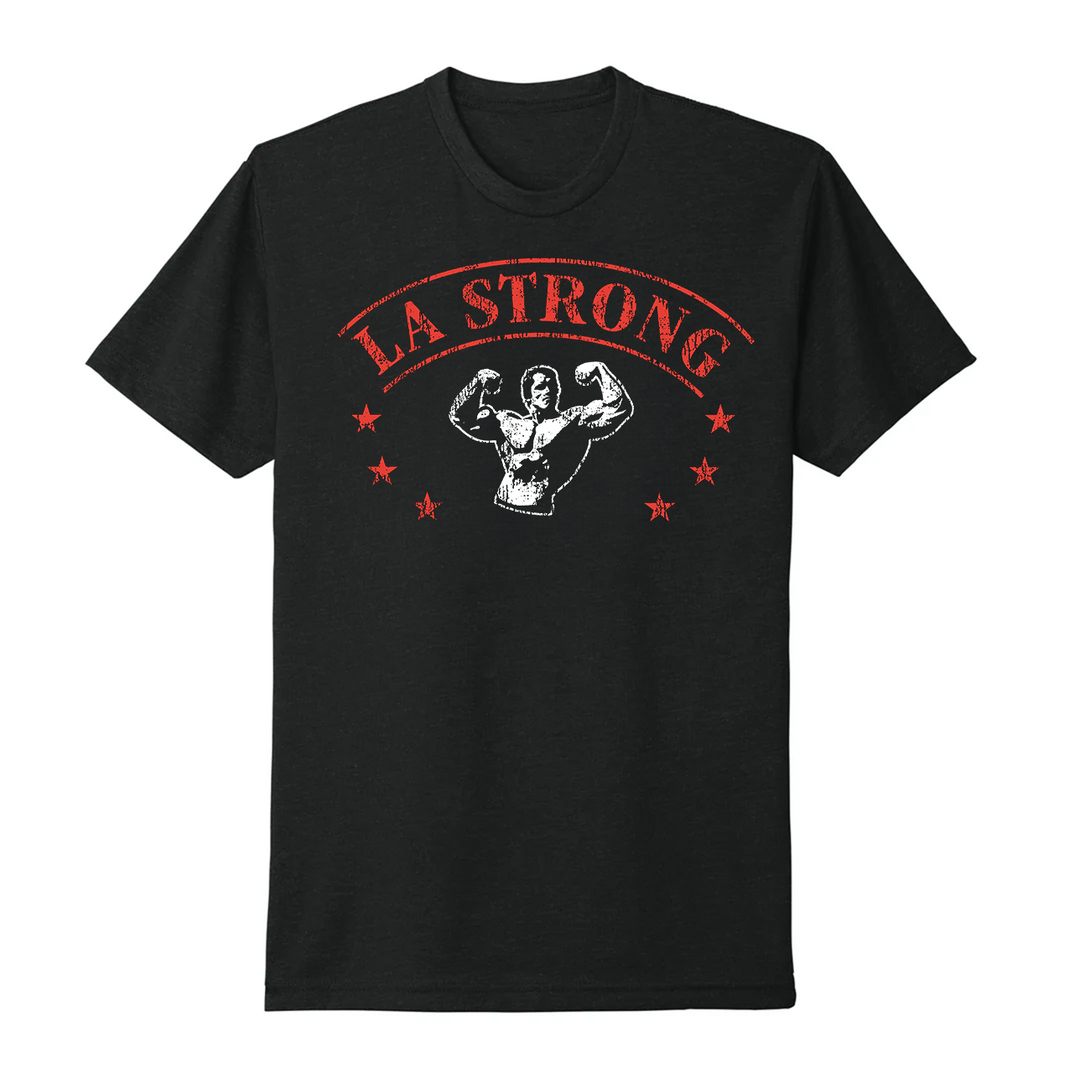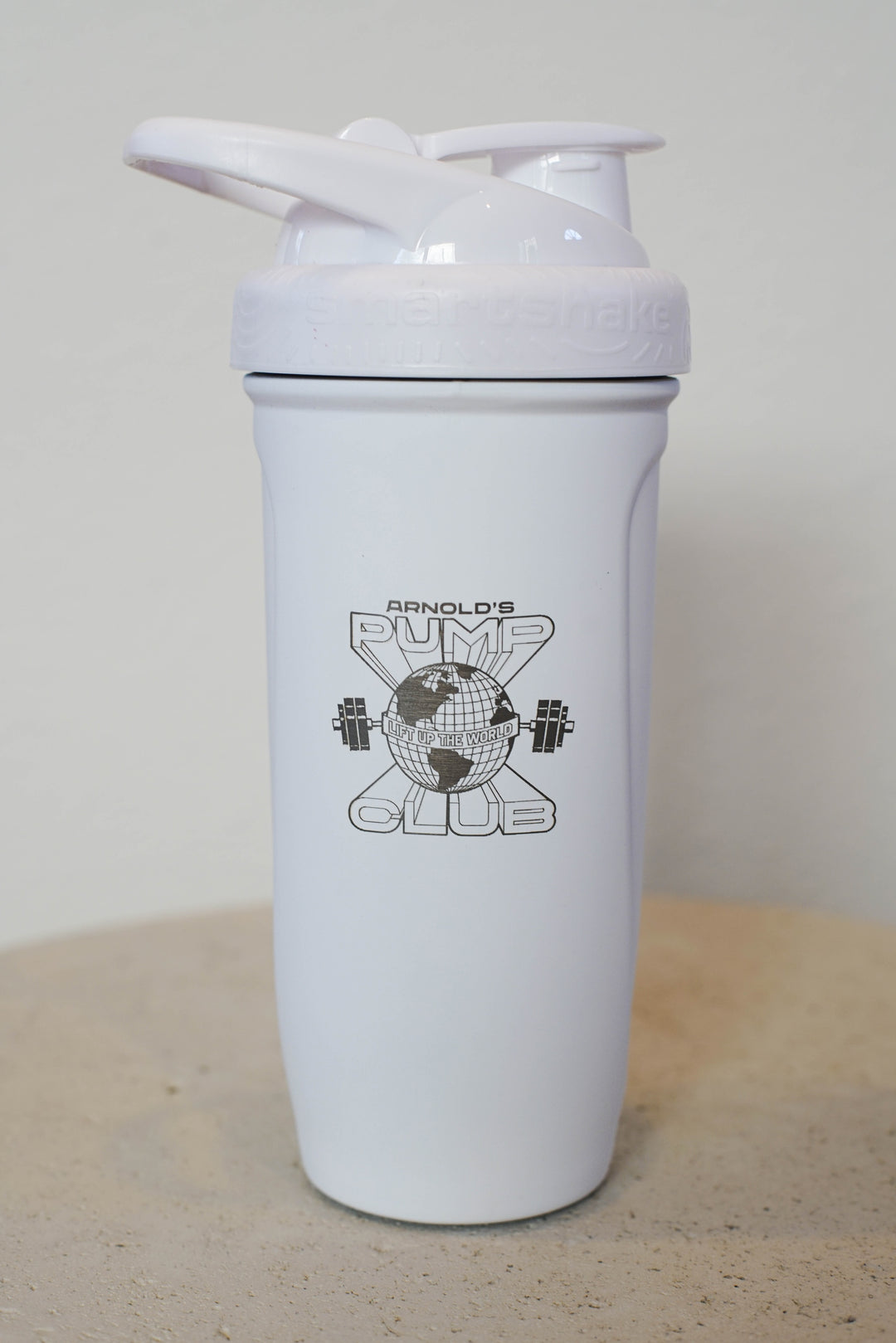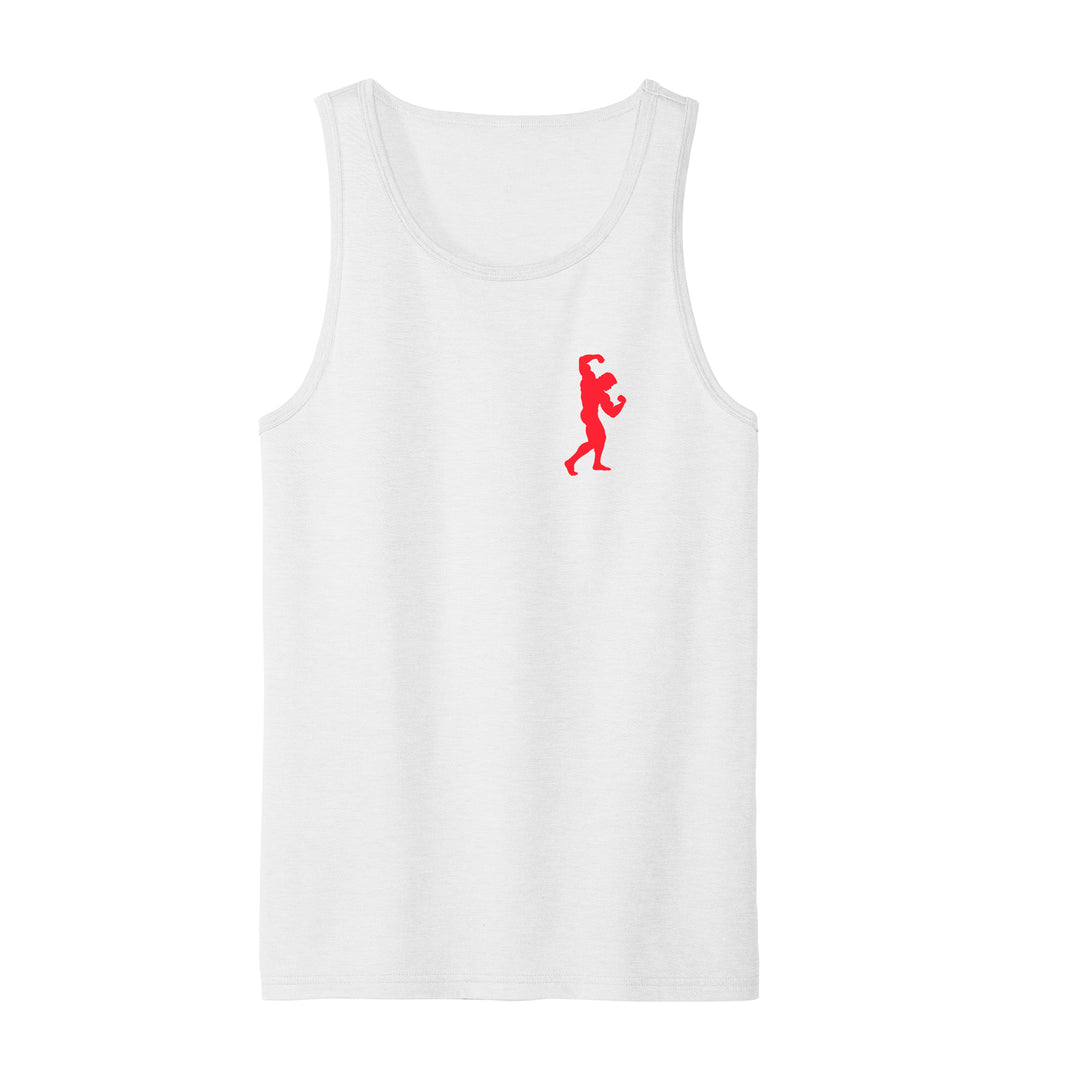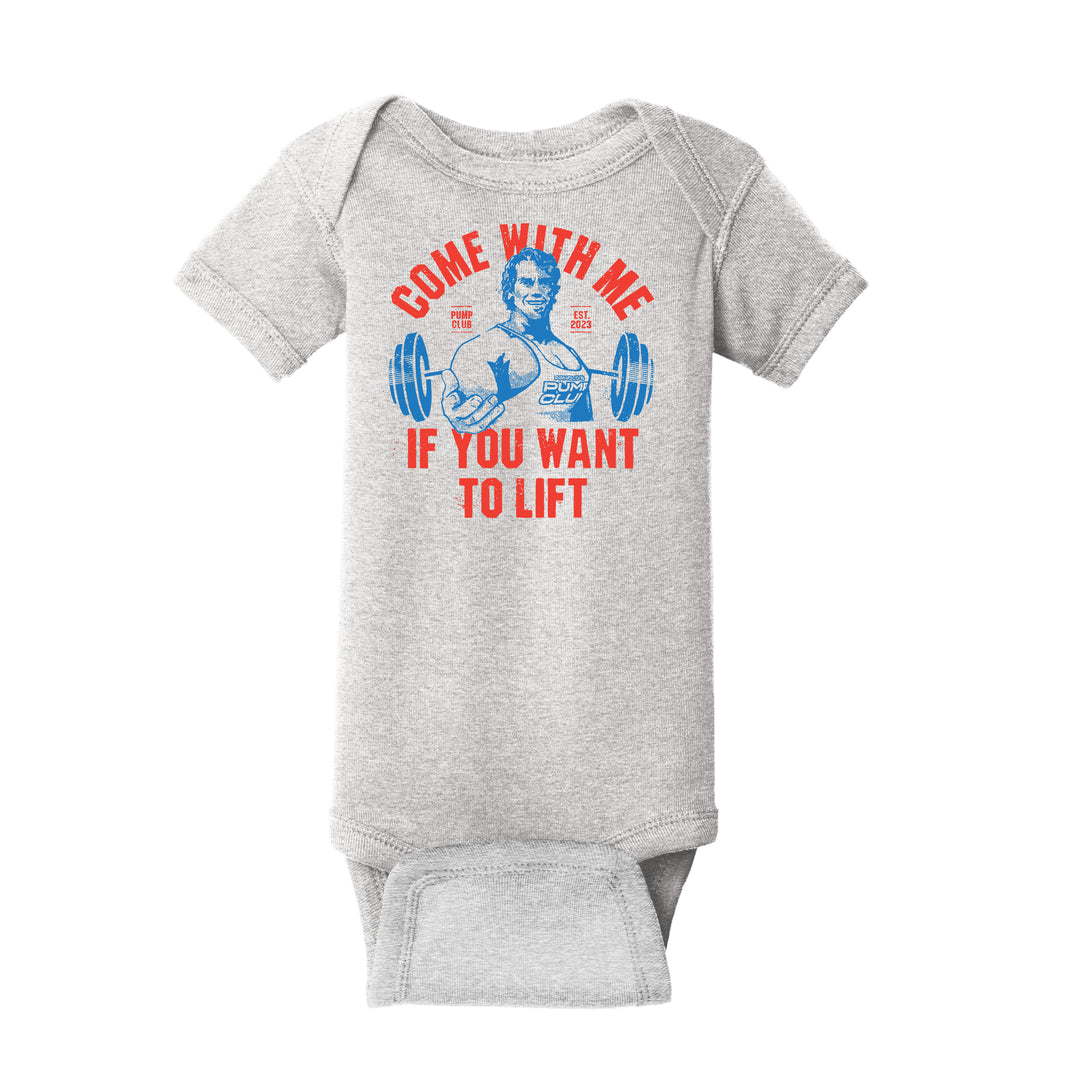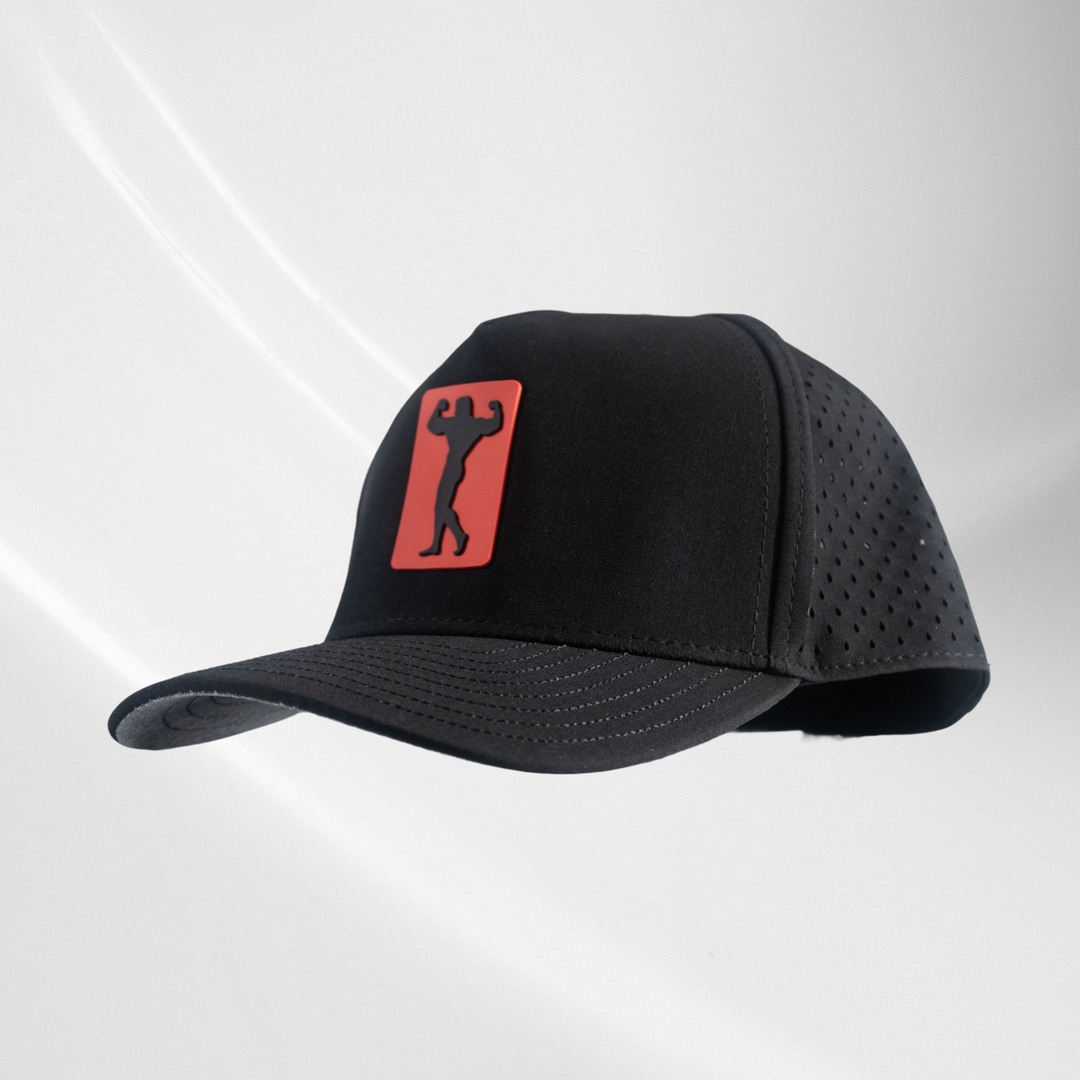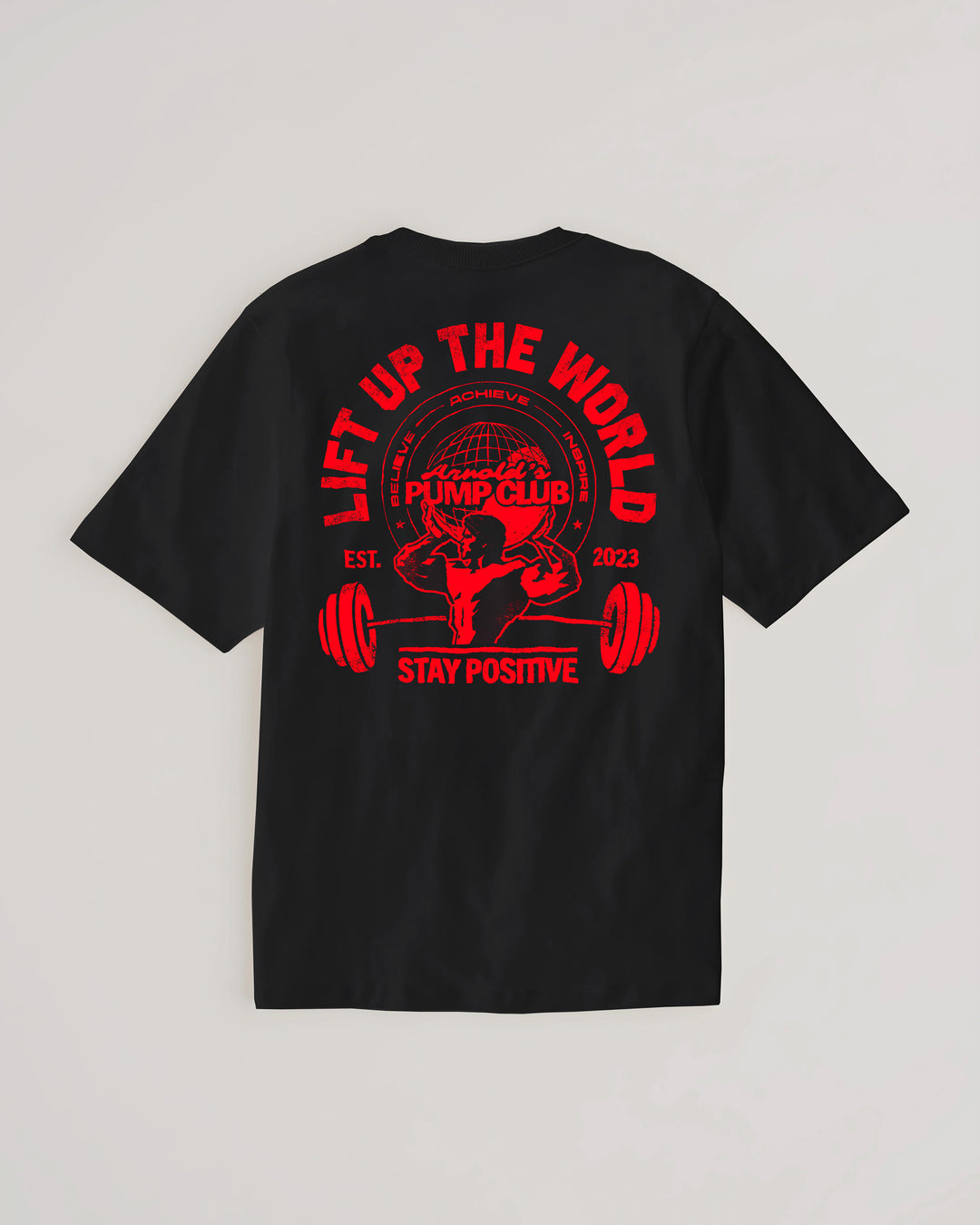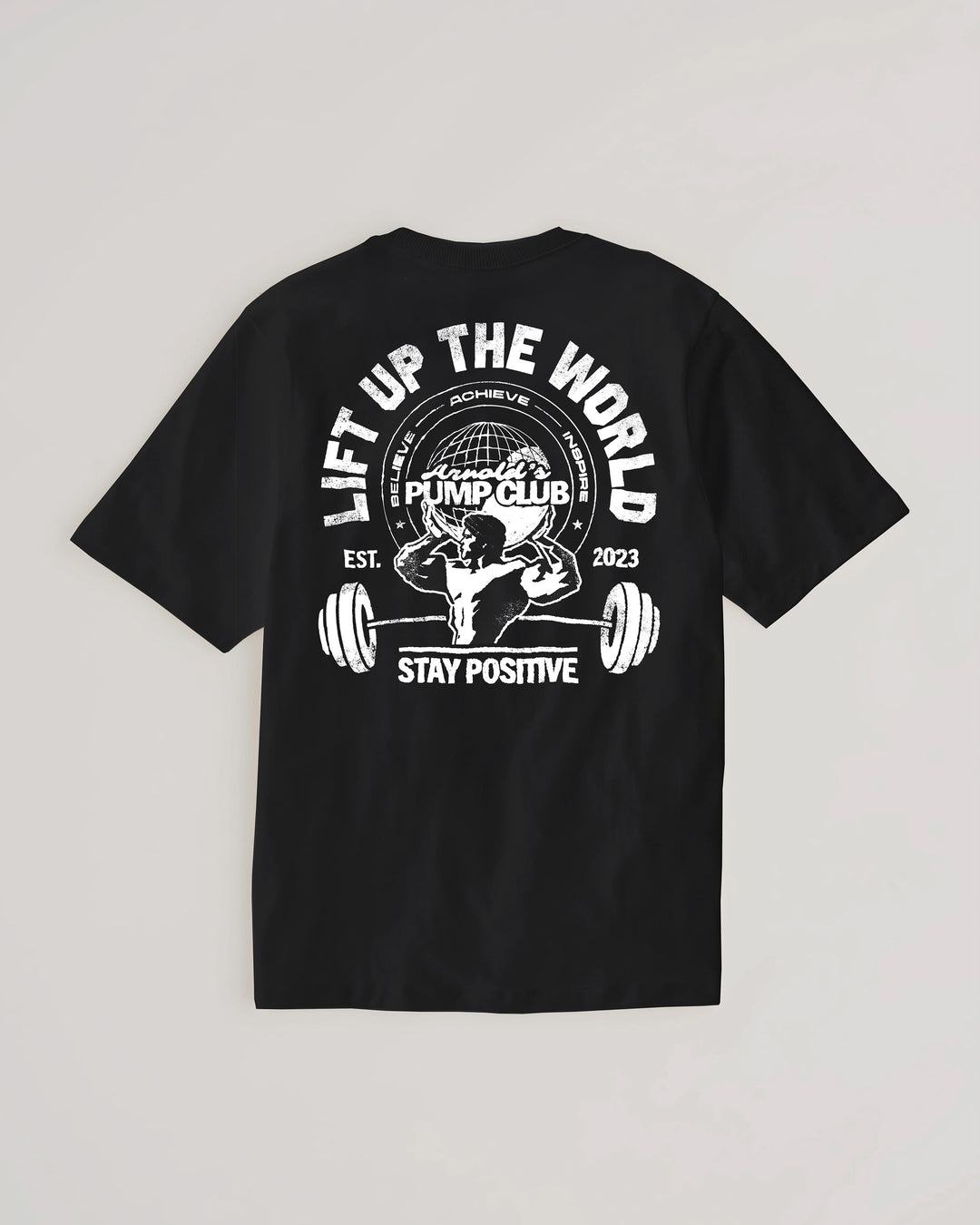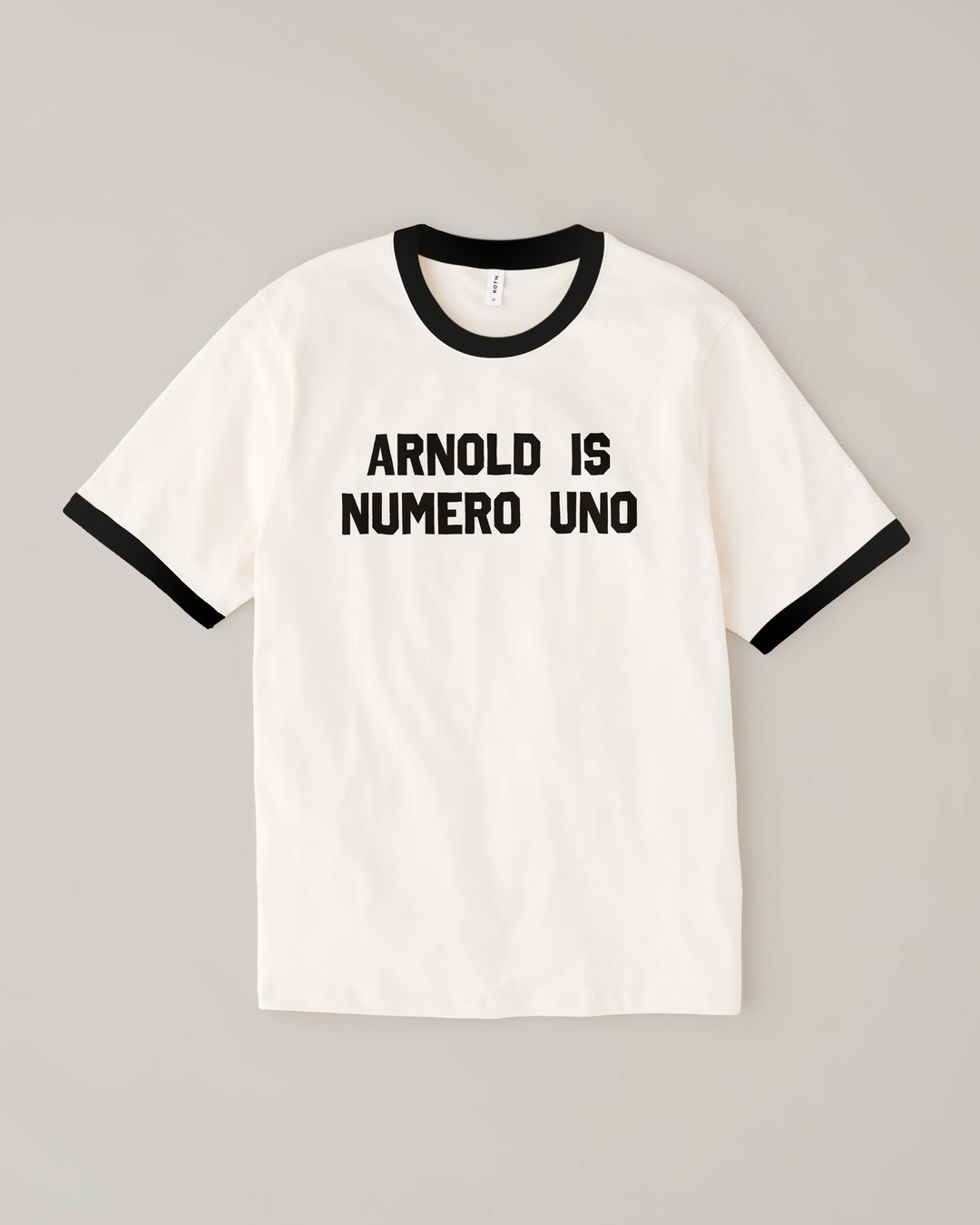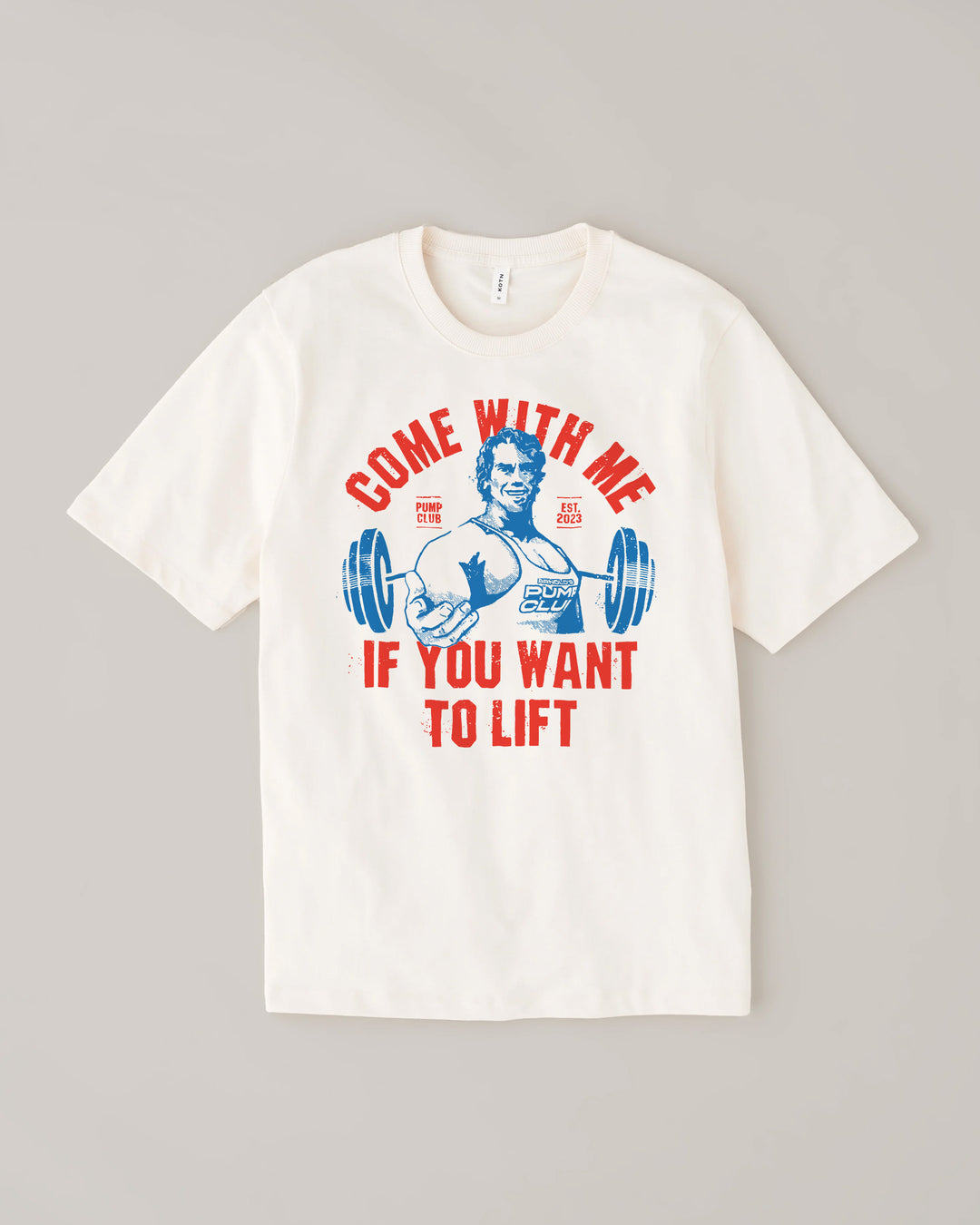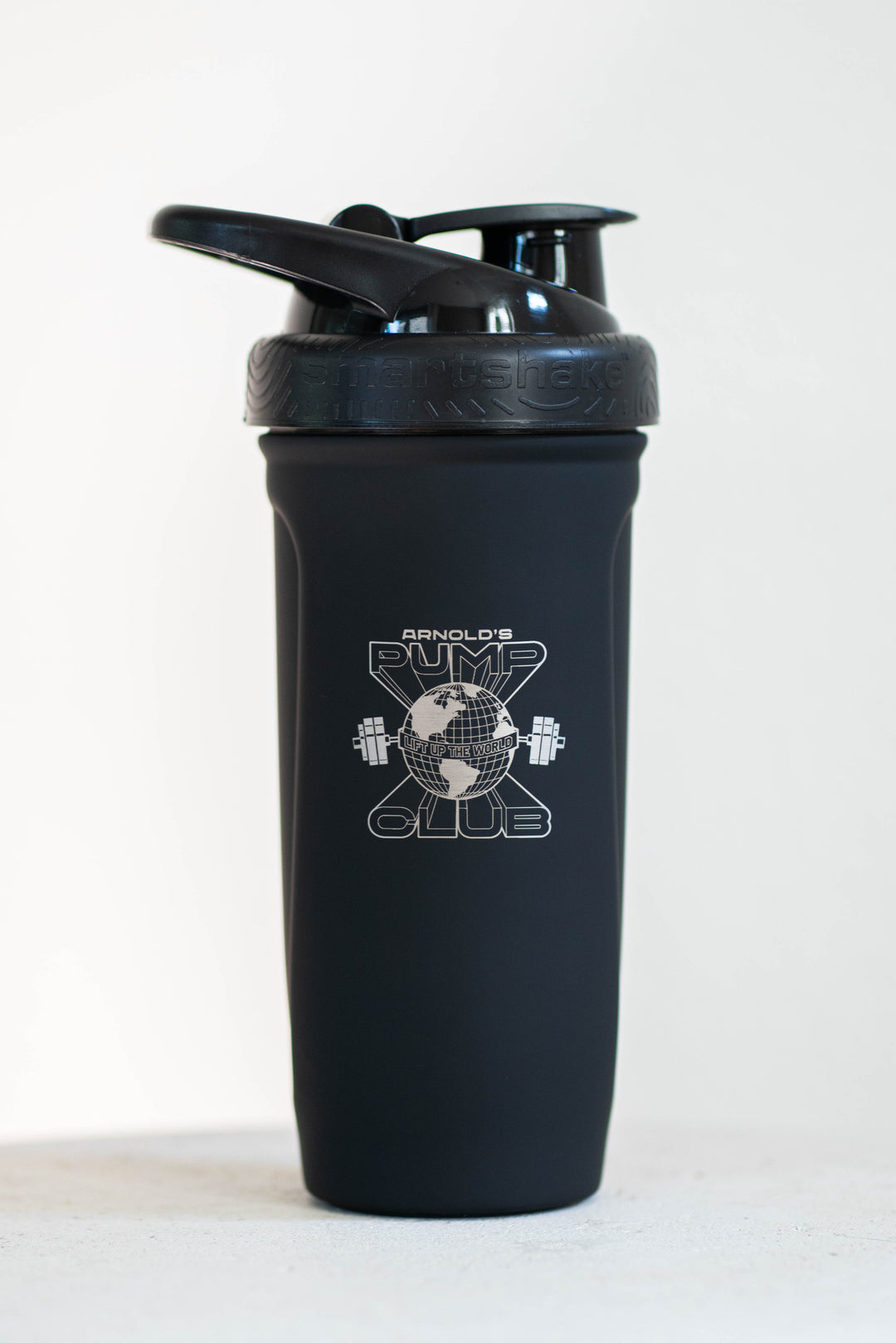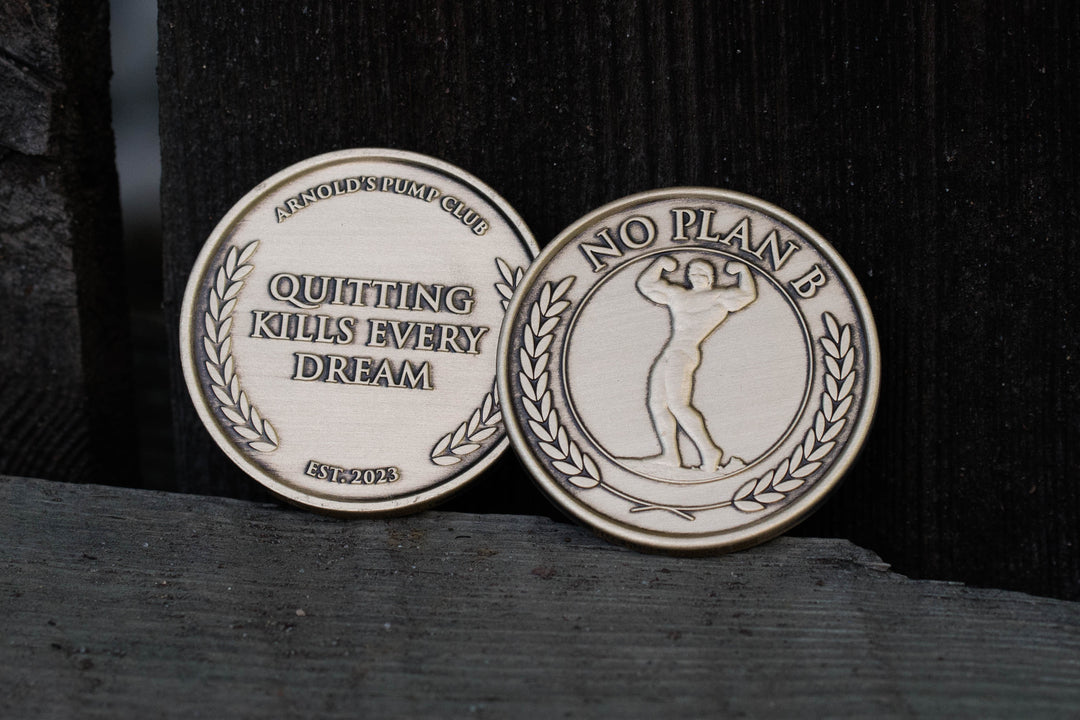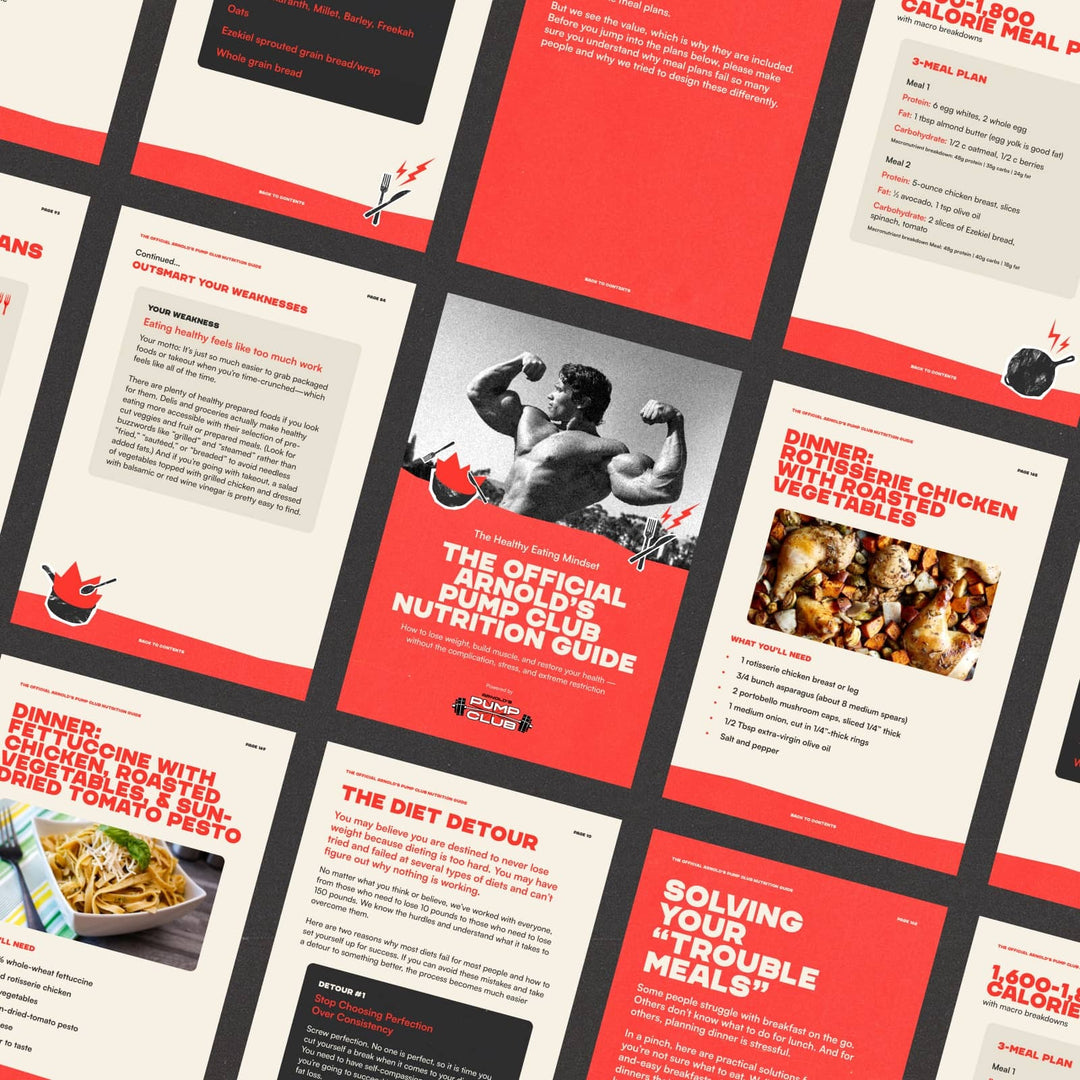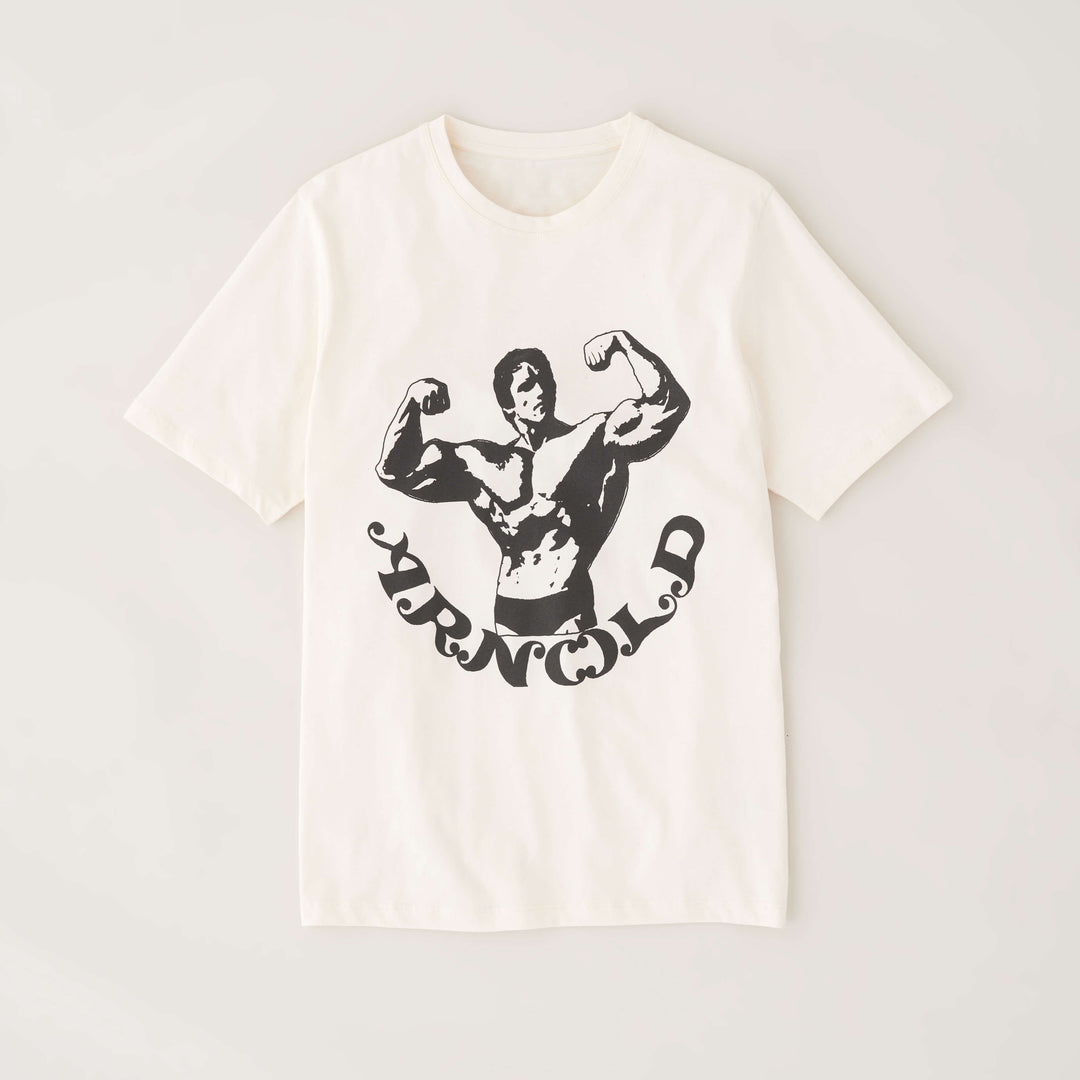Welcome to the positive corner of the internet. Every weekday, we make sense of the confusing world of wellness by analyzing the headlines, simplifying the latest research, and offering quick tips designed to make you healthier in less than 5 minutes. If you were forwarded this message, you can get the free daily email here.
Today’s Health Upgrade
Science says this is the best rest between sets
Does pre-workout actually work?
Recipe of the week
Arnold’s Podcast
Want more stories from Arnold? Every day, Arnold’s Pump Club Podcast opens with a story, perspective, and wisdom from Arnold that you won’t find in the newsletter. And, you’ll hear a recap of the day’s items. You can subscribe on Apple, Spotify, Google, or wherever you listen to podcasts.
Science Says This is The Best Rest Between Sets
Pop quiz: how much time should you rest between sets? It might be longer than you think.
New research found that your rest periods depend on the number of reps you perform and exercise selection, but — most importantly — it’s influenced by how close you train to failure.
The old adage was that you need shorter rest to build muscle and longer rest to build strength. But that’s a bit misleading. The new study found that both goals benefit from taking longer rests.
Strength and muscle depend on the relationship between fatigue and intensity. So if you push maximum intensity (nearing failure), you can maximize results. But that comes at the cost of higher fatigue and needing more rest. If you try to push your intensity and don’t give enough time to recover, then you’re leaving results on the table.
Longer rest periods don’t work for everyone because your schedule might limit your total workout time. If that’s the case, you can still see great results with shorter rest, but you must adjust your workout style. With less rest, you need to be mindful not to push towards failure on each set, and you’ll need to perform more sets and reps to offset not pushing each set to the limit.
So, when using shorter rest, adding more sets or reps can help offset your limited recovery time.
In general, the research suggests that 3 to 5 minutes is the ideal amount of rest for multi-joint exercises (think squats, deadlifts, presses, and rows), as well as exercises where you’re using heavier weights (more than 80% of your 1-rep max). If you're doing more isolation exercises and not maximum loads, your rest periods can be between 1 and 3 minutes per set.
Does Pre-Workout Actually Work?
In the pantheon of workout supplements, few ingredients outside of creatine and caffeine can claim they consistently lead to better workouts. However, a new study might start to change that narrative.
New research suggests that some pre-workouts do, in fact, help boost your workouts (at least in the short term).
Pre-workout products are notorious for loading up on proprietary blends and charging you top dollar, even though caffeine is the only ingredient making a difference. Or, they include good active ingredients at a dosage that doesn’t make a difference.
In other cases, you might be seeing results, but it’s because the product contains banned substances. Unfortunately, researchers found that health officials have issued almost 800 warnings to dietary supplements containing dangerous ingredients. In nearly every case (98%), the USDA found that the ingredients in question were nowhere on the label. (This is just one more reason we trust and recommend Momentous)
In the latest study, participants used a product consisting of many ingredients, including caffeine, citrulline, creatine, and beta-alanine. Rather than having different participants test different products, the individuals competed against themselves. Some days, they used pre-workout and other days, they used a placebo, and they weren’t aware of which they took.
Compared to the days they used the placebo, taking pre-workout improved power and reps. They also experienced less fatigue and could push themselves harder during their workouts.
The catch? It’s hard to know which of the ingredients made the biggest difference. For example, dozens of other studies suggest you need at least 3.2 grams of beta-alanine to improve muscular endurance, but the product in the research used just 2.6 grams per serving, meaning it was likely an inactive dose and didn’t play a role in the results.
Our takeaway: A good pre-workout is hard to find, but it can boost performance with the right formula. Some ingredients that have the most scientific support include caffeine (150-300 mg per serving), creatine (3-10 grams), citrulline (>6 grams), nitrate (500 mg-1,500 mg, depending on body size), beta-alanine (>3.2 grams), and ashwagandha (300-600 milligrams). If a product only shares a proprietary blend, proceed with caution. And, if it’s not third-party certified (such as NSF for Sport or Informed Sport), you risk taking a product with lower quality or a misleading label.
Recipe of the Week: High-Protein Granola
If you scroll through enough social media, you get the sense that granola is one of the worst foods you can eat. It’s not, but most granolas are a little high in sugar and a little low in protein. Balance that out, and granola can be a healthy and delicious snack.
Here’s a little at-home spin that adds a protein punch to traditional granola — and can be made in less than 20 minutes.
Ingredients
½ cup rolled oats
2 tbsp. almond slices
3 tbsp. egg whites
2 tsp. honey
2 tsp. coconut oil
½ tbsp. ground flax seed
½ tsp. ground cinnamon
Dash of nutmeg
½ scoop vanilla protein powder
How to make it
1. Preheat your oven to 375 degrees Fahrenheit and cover with a sheet of parchment paper to prevent sticking. In a small bowl, combine all ingredients and toss to coat evenly.
2. Spread the mixture flat on the cookie sheet and bake for 8 minutes. After 8 minutes, break up the granola pieces with a spatula or large spoon and bake for another 8 minutes.
3. Take it out, let it cool, and enjoy.
—
Publisher: Arnold Schwarzenegger
Editors-in-chief: Adam Bornstein and Daniel Ketchell




